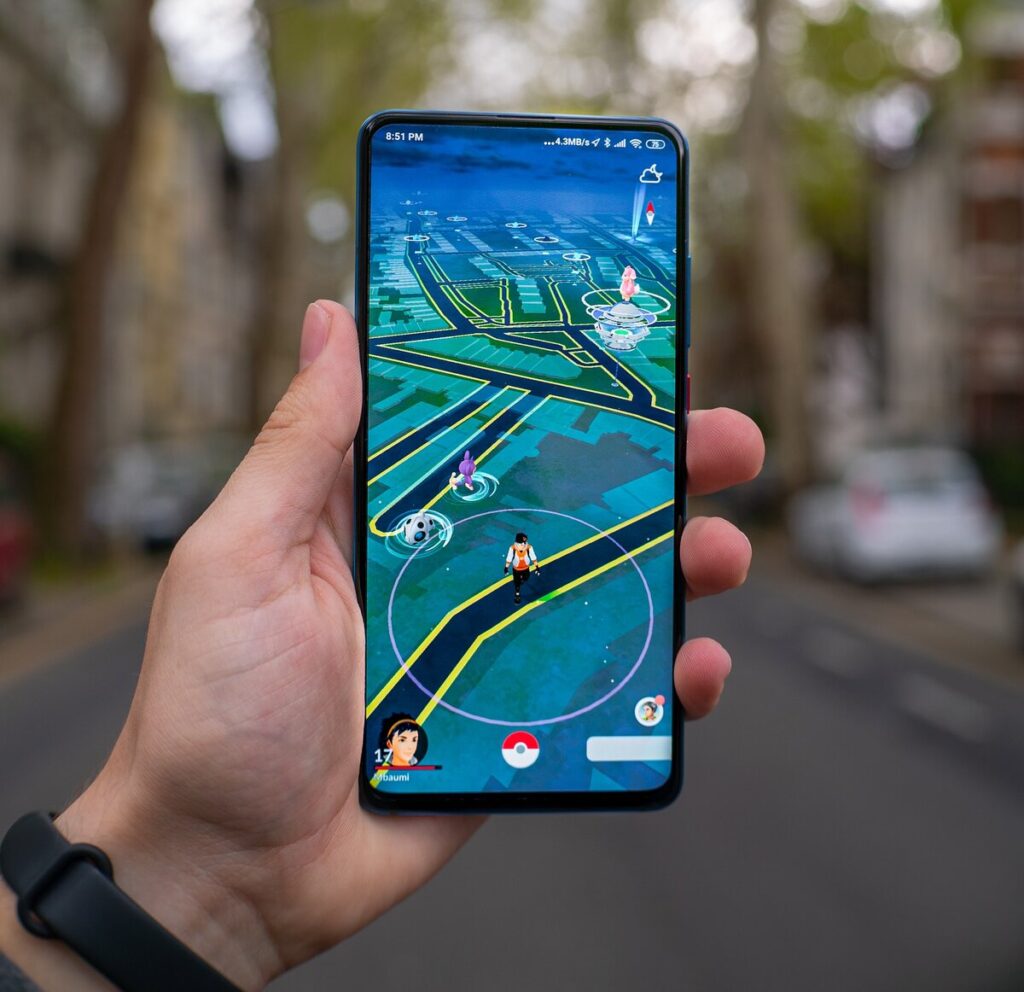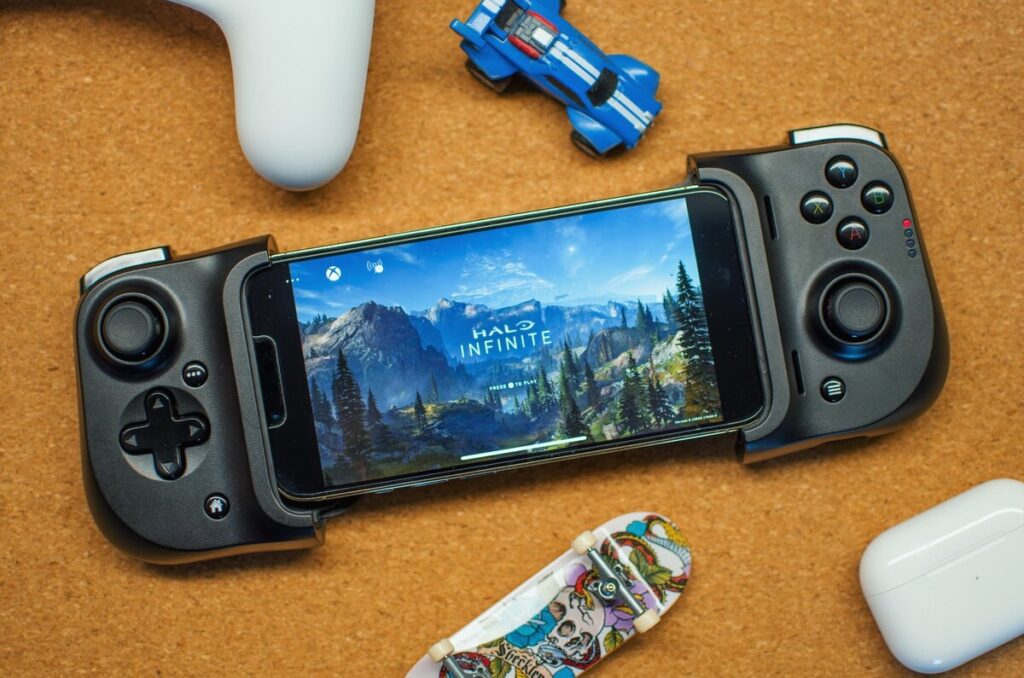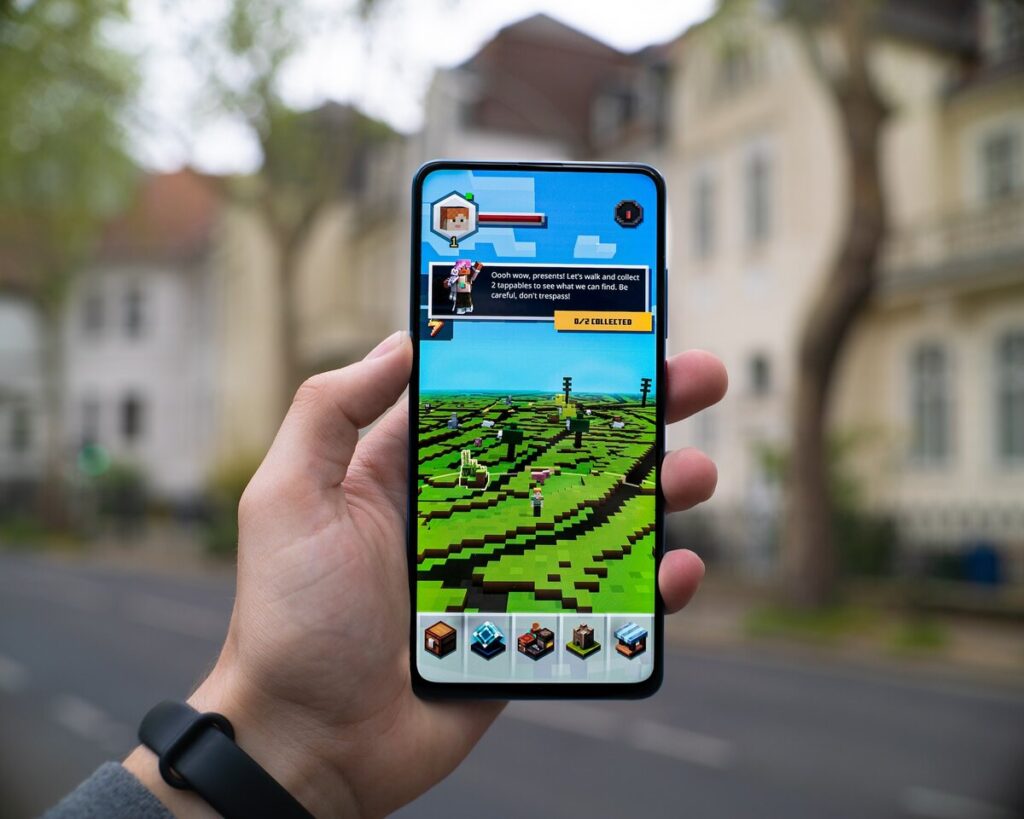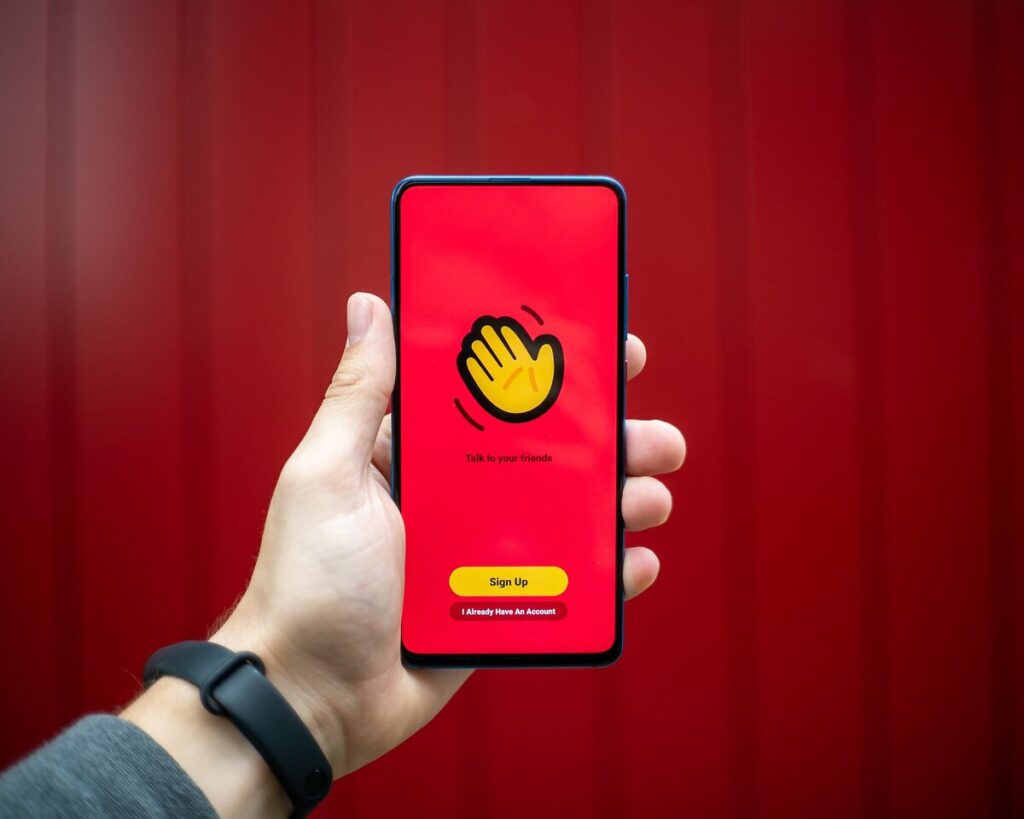Interactive Campaigns: How Gamification Boosts Engagement

In today’s competitive marketing landscape, capturing and maintaining the attention of consumers has become increasingly challenging. Brands are constantly seeking innovative ways to enhance customer engagement and drive meaningful interactions. One strategy that has proven to be highly effective is gamification. By infusing elements of game design into marketing campaigns, brands can create interactive experiences that captivate their audience and boost engagement levels.
What is “gamifying” a marketing campaign?
Gamification refers to the incorporation of game elements and mechanics into non-game contexts, such as marketing campaigns, to enhance user engagement, motivation, and participation. It involves using game-like features, such as challenges, rewards, competition, and interactive experiences, to create a more immersive and enjoyable user experience.
Gamification adds an element of fun and excitement to marketing campaigns, encouraging users to actively participate, share their experiences, and form deeper connections with the brand.

How Can Gamification Transform Your Campaigns?
By leveraging the principles of gamification, marketers can captivate their target audience, increase brand awareness, drive customer interaction, and ultimately achieve their marketing goals.
Capturing Attention: Interactive activations grab the attention of users in a crowded and competitive digital landscape. By offering engaging and interactive experiences, brands can cut through the noise and stand out from the competition.
Enhancing User Experience: Interactive activations provide a more immersive and enjoyable user experience. By incorporating game elements, challenges, and rewards, brands can create a sense of excitement and entertainment, making users more likely to engage and participate.
Building Brand Awareness: Interactive activations have the potential to generate buzz and increase brand visibility. When users have fun and engaging experiences with a brand’s interactive campaign, they are more likely to share their experiences with others, leading to word-of-mouth promotion and expanded brand reach.
Driving Customer Engagement and Loyalty: Interactive activations encourage users to actively participate and interact with a brand, leading to higher levels of engagement. By offering rewards, competitions, and incentives, brands can foster a sense of loyalty and keep customers coming back for more.
Collecting Valuable Data and Insights: Interactive activations can provide brands with valuable data and insights about their target audience. Through user interactions and participation, brands can gather data on preferences, behavior patterns, and user feedback, which can inform future marketing strategies and campaign optimization.
Creating Memorable Experiences: Interactive activations have the potential to create lasting impressions and memorable experiences for users. When users have a positive and engaging experience with a brand, they are more likely to remember and recall the brand in the future, leading to increased brand recall and customer loyalty.

How do you gamify a campaign?
Brands can create engaging and effective experiences that align with marketing objectives, resonate with the target audience, and drive meaningful interactions, by incorporating these key elements into a gamified campaign:
Setting Clear Objectives and Desired Outcomes: Clearly outline the specific objectives and desired outcomes of the gamified campaign. Whether it’s increasing brand awareness, driving conversions, or fostering customer engagement, aligning gamification with marketing goals ensures focus and effectiveness.
Conducting Audience Research: Gain insights into the target audience’s demographics, behaviours, and preferences. Understand what motivates and engages them to tailor the gamified experience accordingly.
User Persona Development: Create user personas to represent different segments of the target audience. This helps in designing game mechanics and elements that resonate with each persona’s preferences and motivations.
Creating Engaging Gameplay: Develop game mechanics that are enjoyable, challenging, and aligned with the campaign’s objectives. Incorporate elements like levels, quests, puzzles, or time-based challenges to keep users engaged.
Clear Rules and Instructions: Provide concise and easy-to-understand rules and instructions to ensure users can quickly grasp how to participate and progress in the gamified campaign.
Define Reward System: Determine the types of rewards and incentives that will motivate users to engage and achieve desired actions. This can include virtual badges, points, exclusive content, discounts, or even real-world prizes.
Progression and Un-lockables: Implement a sense of progression and unlockable content as users advance through the gamified experience. This adds excitement and encourages continued participation.
User-Friendly Design: Create a visually appealing and intuitive user interface that simplifies navigation and interactions. Users should find it easy to understand how to navigate the gamified elements and access relevant information.
Mobile and Multi-Platform Optimization: Ensure the gamified experience is accessible and optimized across various devices and platforms, including mobile devices, desktops, and social media platforms.
Scalable Infrastructure: Consider the potential scalability of the gamified campaign to accommodate a growing user base without performance issues. This involves ensuring the underlying technology and infrastructure can handle increased traffic and participation.
Accessibility for All Users: Design the gamified experience to be inclusive and accessible to users with different abilities and needs. Provide options for customization, accommodating diverse users’ preferences and requirements.
Progressive Difficulty: Gradually increase the challenge and complexity as users progress through the gamified campaign. This maintains user engagement and prevents boredom or frustration.
Adaptive Difficulty: Implement adaptive mechanisms that adjust the difficulty level based on user performance and skill, ensuring an optimal level of challenge for each user.
Leaderboards and Rankings: Foster healthy competition by incorporating leaderboards and rankings that display user achievements and progress. This encourages users to compete against themselves or others, driving engagement.
Collaborative Elements: Introduce collaborative features that allow users to work together towards a common goal. This can involve team challenges, cooperative gameplay, or social sharing to enhance engagement and foster a sense of community.

How does gamification benefit marketing campaigns?
1. Enhancing User Experience and Enjoyment
- Creating Immersive Experiences: Gamification adds an interactive and engaging element to marketing campaigns, making them more enjoyable for users. By incorporating game mechanics, challenges, and rewards, brands can create immersive experiences that capture users’ attention and provide a sense of fun and excitement.
- Personalization and Customization: Gamified campaigns can often be tailored to individual users, allowing them to personalize their experience. This customization enhances user satisfaction and creates a sense of ownership over the interaction, leading to a more positive overall experience.
- Increased Motivation and Flow: Gamification taps into users’ intrinsic motivation and desire for achievement. By setting goals, providing feedback, and offering rewards, gamified campaigns can create a state of flow where users are fully immersed and engaged in the experience, leading to increased satisfaction.
2. Increasing Brand Awareness and Exposure
- Word-of-Mouth Promotion: Gamified campaigns have the potential to generate buzz and encourage users to share their experiences with others. This word-of-mouth promotion amplifies brand awareness and exposure as users spread the word about the interactive and engaging campaign they participated in.
- Viral Potential: Gamified campaigns that incorporate social sharing mechanisms can go viral, reaching a wider audience beyond the initial participants. Users who find the campaign enjoyable and exciting are more likely to share it on social media platforms, leading to increased brand visibility and organic reach.
3. Boosting Customer Engagement and Loyalty
- Active Participation: Gamification motivates users to actively participate in marketing campaigns instead of being passive observers. By introducing challenges, leaderboards, and rewards, brands encourage users to engage with the campaign, resulting in higher levels of involvement and interaction.
- Emotional Connection: Gamification appeals to users’ emotions, creating a sense of excitement, competition, or achievement. These emotional connections foster stronger relationships between users and the brand, leading to increased customer loyalty and advocacy.
- Repeat Interactions: Gamified campaigns often offer replay value, encouraging users to return and engage multiple times. This repeated interaction strengthens the relationship between users and the brand, leading to long-term engagement and loyalty.
4. Driving User-Generated Content and Social Sharing
- Incentivizing User Contributions: Gamified campaigns can encourage users to create and share their own content as part of the interactive experience. Whether it’s submitting user-generated videos, sharing achievements, or participating in challenges, users become content creators, contributing to the campaign’s reach and engagement.
- Amplifying Reach through Social Sharing: By incorporating social sharing features and rewards for sharing, gamified campaigns can leverage users’ social networks to extend the campaign’s reach. When users share their experiences and achievements, they expose the brand to their connections, creating a ripple effect that expands the campaign’s impact.
5. Collecting Valuable Customer Data and Insights
- Tracking User Behavior: Gamified campaigns provide opportunities to collect valuable data on user behavior and interactions. Brands can gather insights into user preferences, engagement patterns, and decision-making processes, which can inform future marketing strategies and campaign optimizations.
- Feedback and Surveys: Gamified campaigns can include feedback mechanisms such as surveys or polls, allowing brands to gather direct feedback from users. This feedback provides valuable insights into user satisfaction, preferences, and suggestions for improvement, aiding in refining future marketing initiatives.

What are the different types of gamification strategies?
Brands can create dynamic and engaging experiences that capture users’ attention, foster participation, and drive meaningful interactions by incorporating these types of interactive activations into gamified campaigns:
1. Quizzes and Trivia Games
- Engaging Knowledge Testing: Quizzes and trivia games challenge users’ knowledge and provide an interactive way to educate and entertain.
- Gamified Learning: Incorporate educational content into the quiz or trivia format, making it an engaging and enjoyable way for users to learn about a topic related to the brand or campaign.
- Personalized Results: Provide personalized results and feedback based on users’ quiz performance, adding a sense of achievement and encouraging repeat participation.
2. Challenges and Missions
- Goal-oriented Interactions: Set specific goals or missions for users to complete within a defined timeframe, motivating them to actively participate and accomplish tasks.
- Progression and Rewards: Design challenges with multiple levels or stages, allowing users to progress and earn rewards as they complete each stage. This fosters a sense of accomplishment and encourages continued engagement.
- User-generated Content: Incorporate user-generated content as part of the challenges, such as photo submissions, videos, or creative tasks, to encourage creativity and increase user involvement.
3. Augmented Reality (AR) and Virtual Reality (VR) Experiences
- Immersive Brand Experiences: Utilize AR or VR technologies to create immersive and interactive experiences that blend the virtual and real world. This can include virtual try-ons, interactive product demos, or virtual tours.
- Enhanced Engagement and Exploration: AR and VR experiences allow users to actively engage with the brand and explore products or environments in a unique and captivating way, leading to increased brand engagement and customer satisfaction.
- Real-time Interactions: Incorporate real-time interactions with the virtual environment or objects, enabling users to manipulate or interact with virtual elements, fostering a sense of presence and interactivity.
4. Interactive Storytelling and Choose-Your-Own-Adventure Narratives
- Engaging Narrative Experiences: Create interactive storytelling experiences where users can make choices that shape the narrative and outcome. This engages users emotionally and keeps them invested in the story.
- Multiple Paths and Endings: Offer branching storylines and multiple possible endings based on user choices, encouraging replay value and exploration of different outcomes.
- Personalized Experiences: Tailor the interactive narrative based on users’ preferences or demographic information, creating a more personalized and immersive experience.
5. Leaderboards and Progress Tracking
- Competition and Achievements: Implement leaderboards to showcase user rankings and achievements, fostering a sense of competition and motivating users to improve their performance.
- Progress Tracking: Provide visual representations of user progress and milestones, allowing users to track their advancement and stay engaged with the gamified campaign.
- Social Comparison: Enable users to compare their progress and achievements with friends or other participants, stimulating friendly competition and social interaction.
6. Social Media Contests and Giveaways
- User Engagement and Amplification: Leverage the power of social media platforms to run contests and giveaways, encouraging users to engage with the brand’s social media channels, share content, and invite their networks to participate.
- Viral Reach and Brand Exposure: Social media contests and giveaways have the potential to go viral, reaching a wider audience and increasing brand visibility through user-generated content and social sharing.
- Incentivized Participation: Offer attractive prizes or exclusive rewards as incentives for participation, motivating users to actively engage and share the campaign with their social networks.
The choice of interactive activation depends on the campaign’s objectives, target audience, and the brand’s desired level of engagement.

Successful Gamified Campaign By Eighty Six Media: Rain x Audi National Day Photography Challenge
The primary objective of the Rain x Audi National Day Campaign was to broaden Rain and Audi’s existing audience and attract potential customers for both brands. By leveraging the National Day celebration, the campaign aimed to create awareness, generate interest, and increase footfall for Rain Corniche and Al Ain branches. The target audience comprised individuals interested in photography, National Day festivities, and the Rain and Audi brands.
To engage the target audience and encourage participation, the campaign introduced the “Photography Challenge.” Participants were invited to visit Rain, Abu Dhabi and take pictures at the display related to the National Day theme. The game mechanics involved sharing the photographs on social media platforms and tagging both Rain and Audi in the posts. By incorporating user-generated content and social sharing, the campaign aimed to amplify reach and brand visibility.
The rewards for the challenge included exciting merchandise from Rain and Audi. Three lucky winners were selected to take home these prizes, creating a sense of competition and incentivizing participation. Additionally, to further incentivize customers, a special bonus was offered to the first 51 customers, who received a 51% discount on the drinks menu. This exclusive offer aimed to drive immediate engagement and footfall to the Rain Corniche and Al Ain branches.
The Rain x Audi National Day Campaign had a significant impact on engagement, customer acquisition, and brand recall. Check it out on Instagram here!
By gamifying the campaign and incorporating a photography challenge, our team of creatives at Eighty Six Media created a fun and interactive experience for participants, encouraging them to visit Rain and actively engage with the brand. The social media sharing aspect generated user-generated content, resulting in increased brand visibility and organic reach as participants shared their pictures and tagged both Rain and Audi.
In Conclusion
Throughout this blog, we have compared WordPress with other popular CMS options, including Weebly, Joomla, and Drupal. We have analyzed each platform based on various factors, including key features, functionalities, ease of use, customization options, community support, security, SEO capabilities, plugin availability, performance, mobile responsiveness, and user-friendliness. Based on our comparative analysis, WordPress stands out as the most popular and superior CMS option.
At 86media, we wholeheartedly recommend WordPress as the top choice for your CMS needs. With its user-friendly interface, extensive customization options, and robust features, WordPress offers unparalleled flexibility and functionality for building and managing your website. Its vast plugin library, strong community support, and regular updates ensure that you have access to the latest tools and resources to enhance your website’s performance and user experience.
WordPress’s proven track record, market dominance, and global popularity make it the go-to CMS for businesses, bloggers, and individuals alike. Whether you’re creating a personal blog, an online store, or a corporate website, WordPress provides the scalability, security, and SEO capabilities necessary to succeed in the digital landscape.
For any inquiries or assistance in getting started with WordPress or any CMS option of your choice, feel free to contact us at 86media. Our team of experts is here to help you achieve the best results for your website. Whether you have questions about CMS selection, customization, plugin integration, or any other aspect of website development, we’re here to provide guidance and support.
We understand the importance of choosing the right CMS and leveraging its full potential for your online success. Let us help you navigate through the process, make informed decisions, and create a website that aligns with your goals and vision.